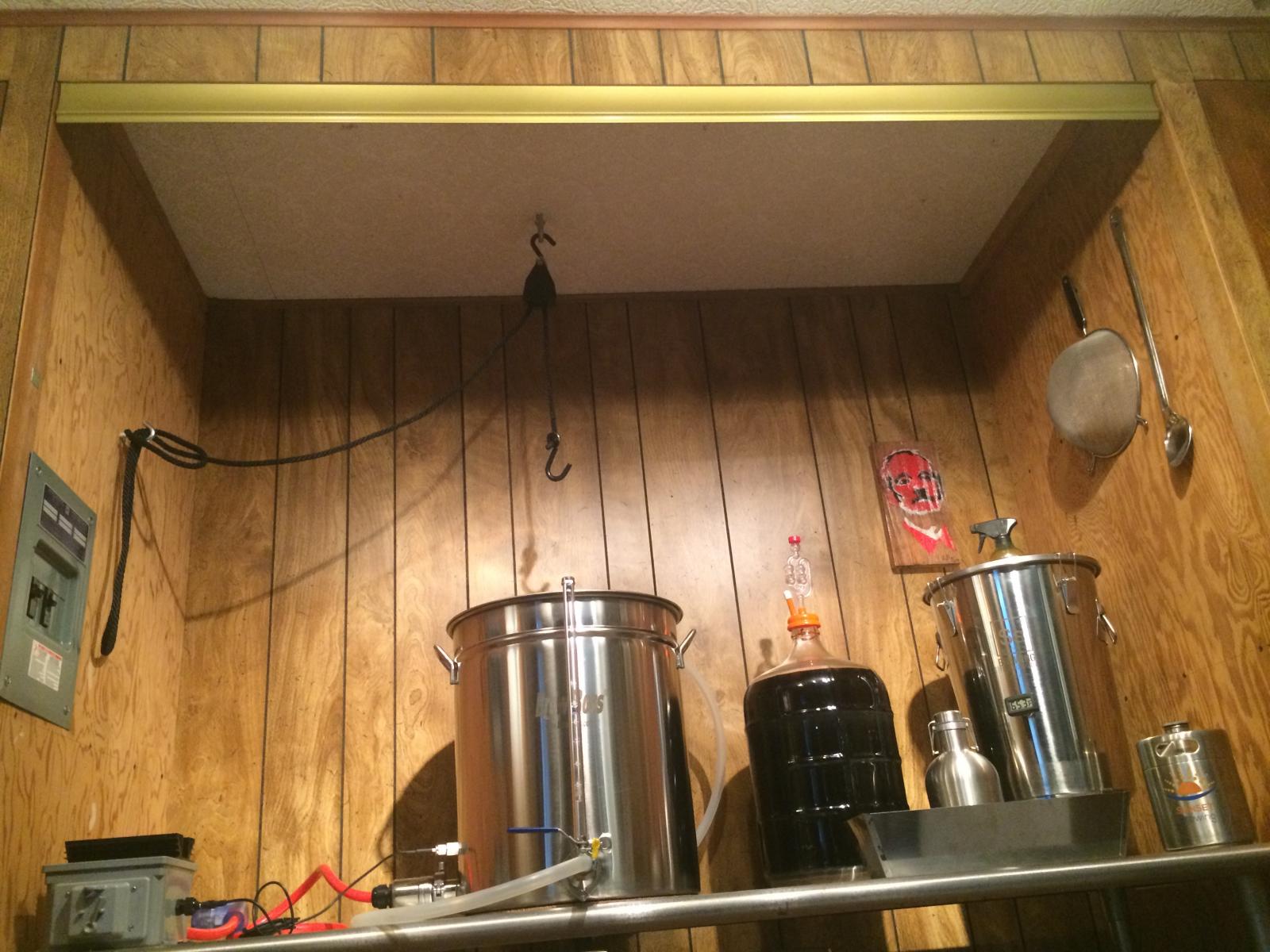Another inexpensive option is to employ a rectangle Rubbermaid tote as your hood (Google: Rubbermaid exhaust hood brew).
View attachment 247331
I was going to use the SS bowl or tote idea but I just so happen to have a Rubbermaid tote in the basement. I will be placing the fan up against the tote so that it's pulling/pushing as much steam through the fan as possible to eliminate as much condensation build up in the fan housing as possible.
Have you expereinced much condensation on this setup, or any issues with water dripping down into kettle from the tote?
What size fan are you running and are you doing anything for makeup air?













































![Craft A Brew - Safale BE-256 Yeast - Fermentis - Belgian Ale Dry Yeast - For Belgian & Strong Ales - Ingredients for Home Brewing - Beer Making Supplies - [3 Pack]](https://m.media-amazon.com/images/I/51bcKEwQmWL._SL500_.jpg)













